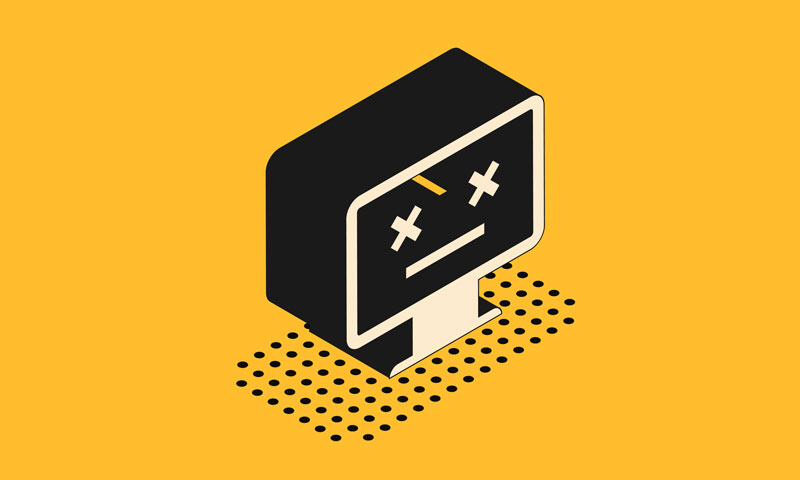
Windows 7 is over (EOL): what to do if your SME still uses the OS
So farewell, Windows 7, you’ve served many companies well but now it’s time for you to go. At least, that’s what Microsoft says. Even though it has now released its second “final update” for the operating system (presumably the final one), it is unlikely to continue issuing updates for a platform it very much wants to mothball.
This means that, if you’re still using Windows 7, you need to decide what you’re going to do.
Windows 7 – The Options:
Give in gracefully and upgrade Windows 7 to Windows 10
This is what Microsoft wants users to do and it has been very direct about that. If you’re currently prevented from upgrading because your devices don’t have the necessary hardware specifications, then you could look at leasing or buying new computers.
If you’re currently prevented from upgrading because you are using software that only runs in a Windows7 environment, then you might want to consider moving it to a cloud-based W7 virtual machine until you can come up with a longer-term solution.
If you just don’t like Windows10 then that is up to you, but you’re probably going to have to upgrade eventually so you may just want to suck it up now.
Move to another Operating System (O/S)
In principle, you could switch to MacOS/Linux, but in practice, you might find this both more complicated and more hassle than you’d like. Apple computers are notoriously expensive. Linux is more userfriendly than it used to be but there’s a reason why it’s never really threatened Windows’ dominance of the OS market.
The new kid on the OS block is ChromeOS, which could be an option if you’re essentially cloud-native and just need a device to get you online. Just remember, Chromebooks have very limited offline functionality.
The WannaCry attack of 2017 was made possible by the fact that people continued to use Windows XP long after its support ended. Without taking sufficient precautions to compensate for the fact that its vulnerabilities were, by that point widely known.
In simple terms, if you insist on continuing to use Windows7 after its official end of life, then you are setting yourself up for security-related trouble further down the line. It is down to you to be prepared for this and to manage it.
For practical purposes, you have two main options. One is to stick with Windows7 but to use your computers purely as a means to access the cloud. You would need to be strict about this, for example, you can’t store any passwords on them as that could compromise your cloud security. The other option would be to stay behind a virtual private network. You could do both and you still need to implement all the security precautions you can (which will probably diminish as W7 ceases to be supported by software developers).
The most important thing at this stage is to not bury your head in the sand and pretend the OS is still alive and working as normal. You need to make a positive decision about your future and take action. We would recommend upgrading to Windows 10 or, at a push, considering a different OS altogether, though most people are doing the former. Working with your Managed IT Services Provider will make the process a breeze.



